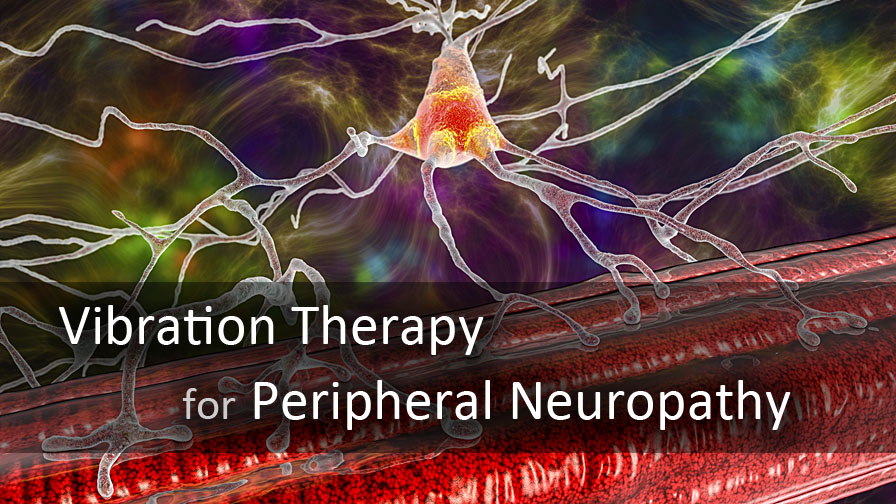
Vibration Therapy for Peripheral Neuropathy
Peripheral neuropathy is a condition characterized by damage or dysfunction of the peripheral nerves, leading to symptoms such as pain, numbness, tingling, and weakness in the extremities. Vibration therapy involves the use of vibration plates to deliver mechanical vibrations to specific areas of the body.
Due to our natural skeletal muscle's stretch reflex response, we can utilize vibration intervention to induce rapidly repeated skeletal muscle contractions, which effectively activate and exercise our neuromuscular system, improving its functionality and performance.
Through the enhancement of muscle strength, mobility and balance, we can alleviate some symptoms of peripheral neuropathy.
With inducing rapidly repeated skeletal muscle contractions, vibration intervention can make physical therapy more effective in activating the neuromuscular functionality and improving some conditions to improve the Peripheral Neuropathy:
[Nerve Stimulation] Vibrations can stimulate sensory nerves, potentially improving nerve function and sensation in the affected areas.
[Muscle Activation] Vibration therapy may help activate and strengthen muscles, which can be beneficial for individuals with neuropathy-related muscle weakness.
[Balance and Proprioception] Neuropathy can affect balance and coordination. Vibration therapy may help enhance proprioception (awareness of body position) and improve balance.
[Blood Circulation] Vibration therapy may help improve blood circulation in the affected limbs. Enhanced circulation can potentially provide relief from symptoms like numbness and tingling.
[Pain Management] Some individuals with peripheral neuropathy experience neuropathic pain. Vibration therapy may offer relief from pain by stimulating sensory nerve fibers.
When using vibration therapy in onjunction with midications and lifestyle modificaitns, we may archeive improved treatment results.
The effects of vibration training can vary from person to person. It also depend on the training design like exercise postures, intensity and duration. What works for one individual may not work for another.
[Inadequate scientific research] Scientists are interested in learning if vibration induced skeletal muscle response can help improve the mobility and balance for patients with CP. Many small scale clinical trials were conducted to examine the benefit of vibration therapy on CP patients. The outcomes are mixed because of the different trial designs, parameters, patient criteria and measuring standards.
In fact, due to limited funding, none of the clinical trials were adequately designed. Even though, most clinical were not properly implemented. There are too many variables to examine and verify, including movement patterns, frequency, amplitude, training time and postures. Patient recruitment and retention are also major issues to implement the designed clinical trials.
Below are a selected list of literature review projects and clinical trials that represent the current research on vibration therapy for treating cerebral palsy.
- Whole body vibration improves symptoms of diabetic peripheral neuropathy
- 02/11/2020, Natan Kessler, Michael M Lockard, Jacob Fisher | PubMed.gov
- Case study: use of vibration therapy in the treatment of diabetic peripheral small fiber neuropathy
- 08/04/2012, Junggi Hong, Meredith Barnes | ScienceDirect
- Vibration Therapy for Peripheral Neuropathy
- Dr. Rodolfo Alfonso, D.C | NRM
- Does Vibration Therapy Work for Neuropathy?
- 03/15/2021, Modern Neuropathy